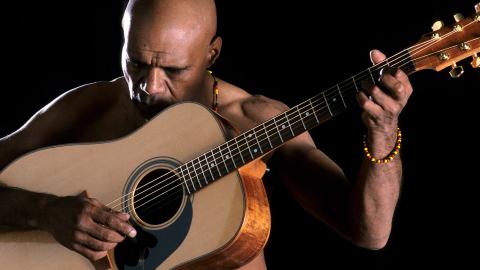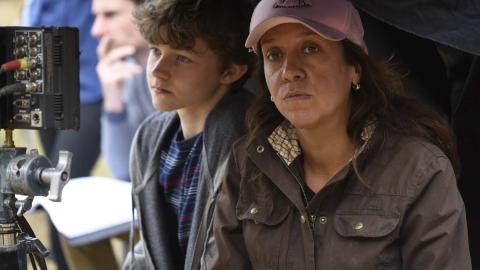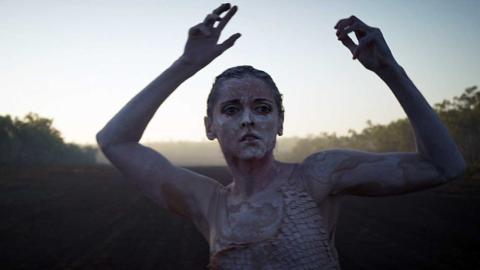
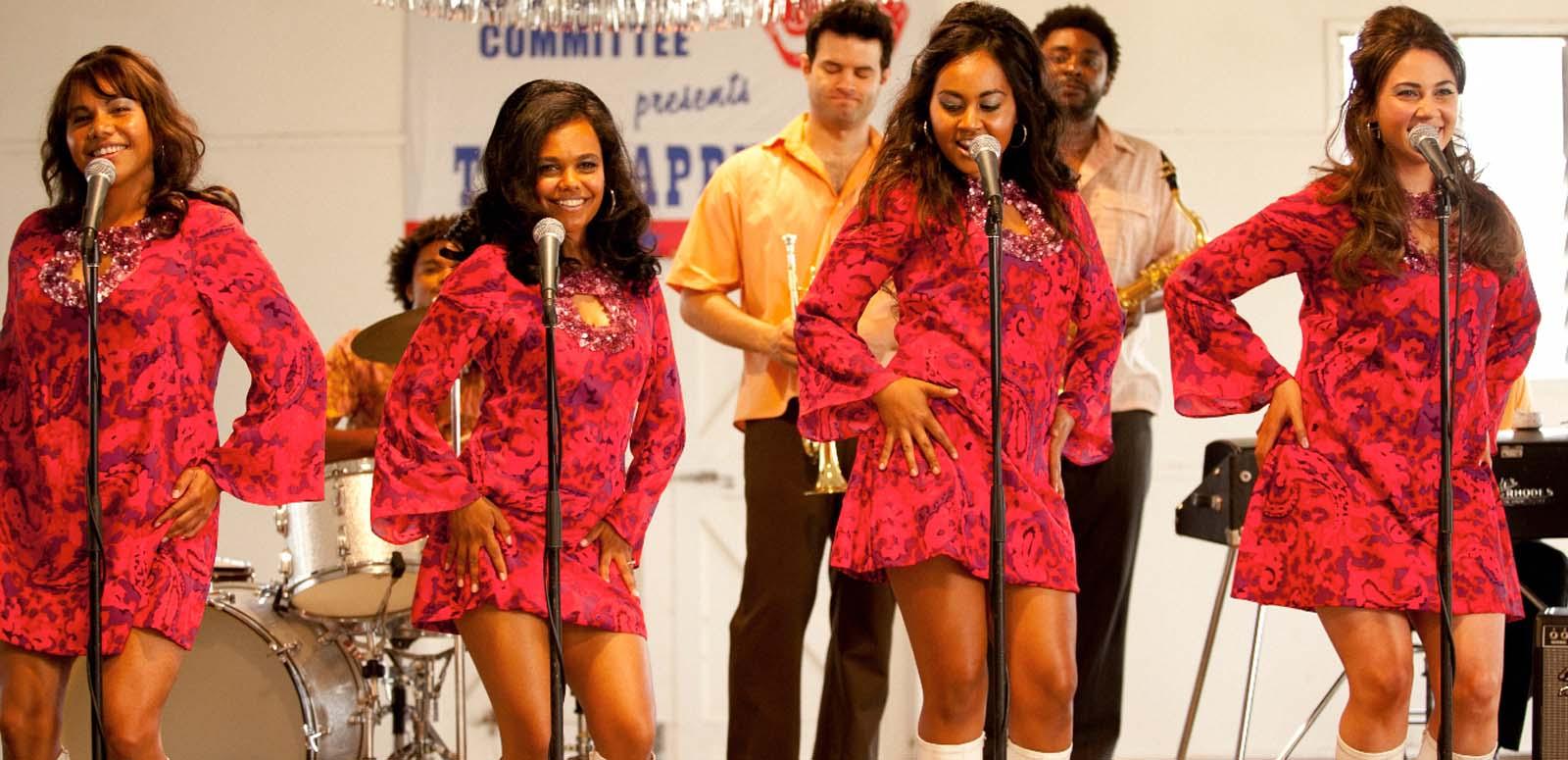
Black and Deadly Women of Music
Black and Deadly: First Nations Female Music Stars
Celebrating the black and deadly women of Australian music, from Fanny Cochrane Smith in the 1890s to Jessica Mauboy in the 21st century.
Music and dance are an integral part of ongoing Aboriginal and Torres Strait Islander traditional culture. Like mainstream music, First Peoples' music followed and reinterpreted international music trends like jazz, hip hop and R&B. Jazz singers Georgia Lee and her niece Wilma Reading were among the first Aboriginal female artists to be recognised by the music industry and enjoyed flourishing international careers. Country music, with its themes of love, loss and land, was inspirational for award-winning singer Auriel Andrew.
Since the 1990s music mentoring programs such as Eora in Sydney, the Centre for Aboriginal Studies in Music in Adelaide and the ATSIC music college in Cairns have contributed to a dramatic increase in recording output by First Peoples' women performers. Highly successful artists such as Christine Anu, the Stiff Gins and Shakaya made their start in such programs.
In the 21st century, the success of Thelma Plum and Jessica Mauboy builds on the careers of the pioneering women artists that came before them.
Download Black and Deadly: Aboriginal and Torres Strait Islander Women in Music timeline.
WARNING: this collection contains names, images or voices of deceased Aboriginal and Torres Strait Islander people.
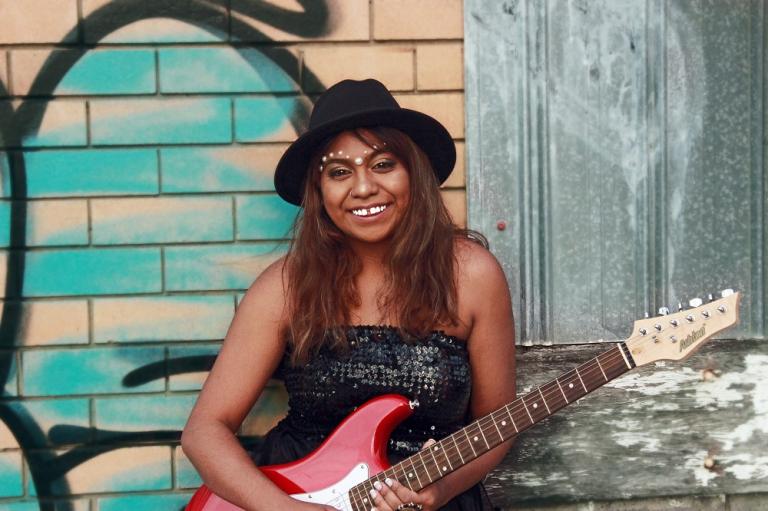

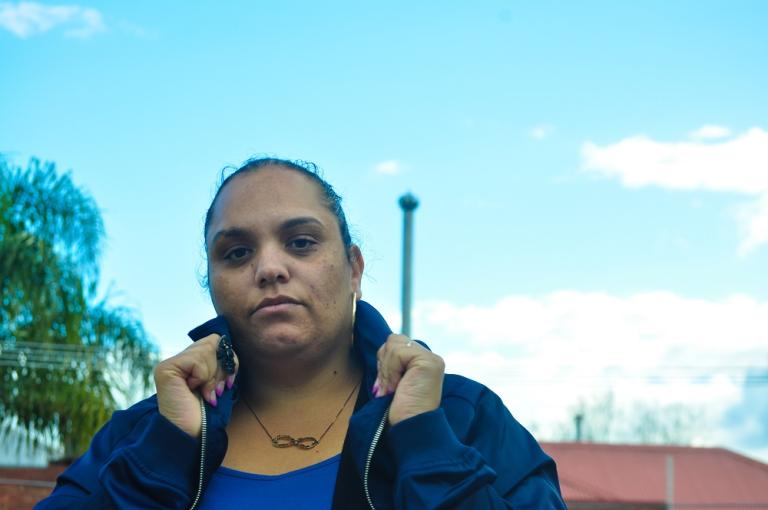
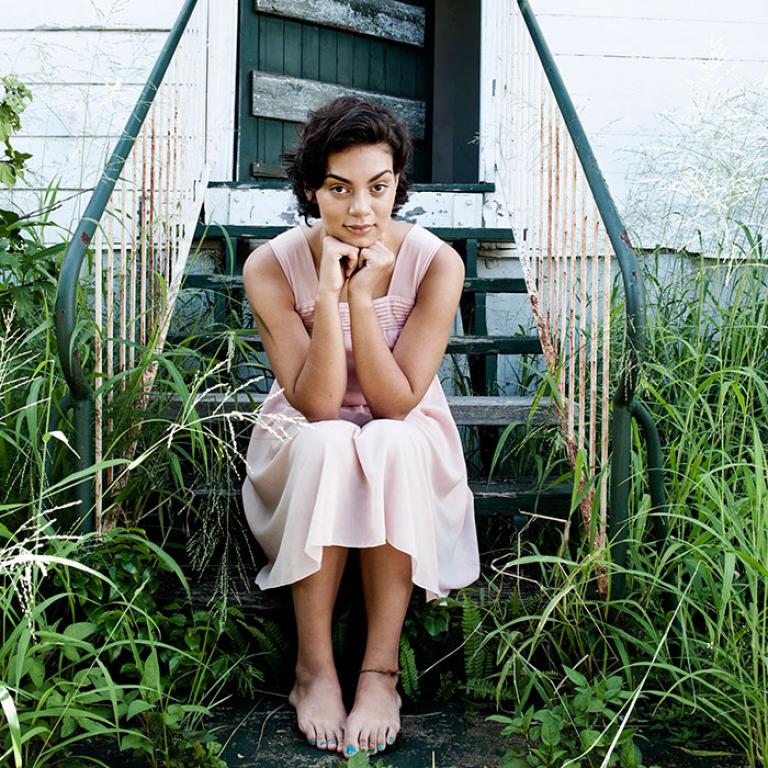
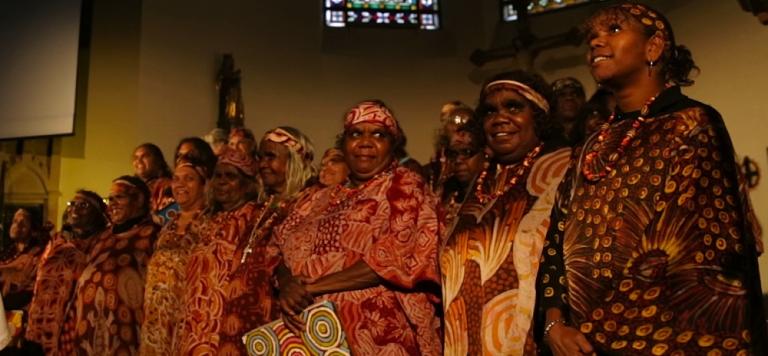
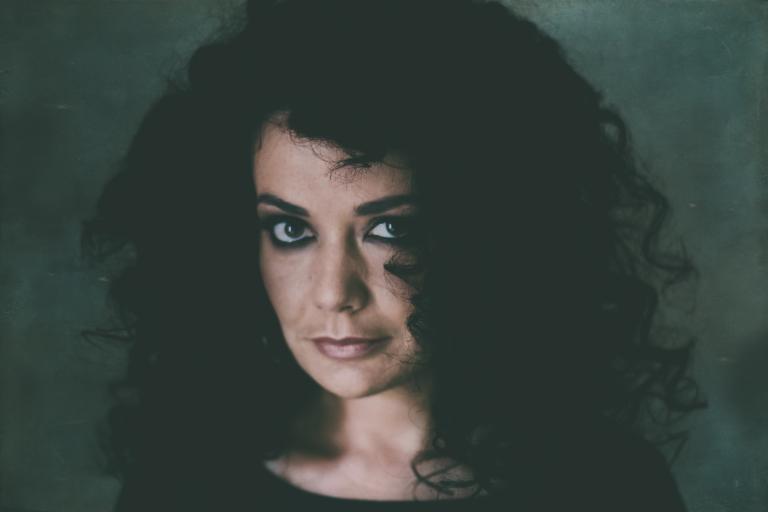
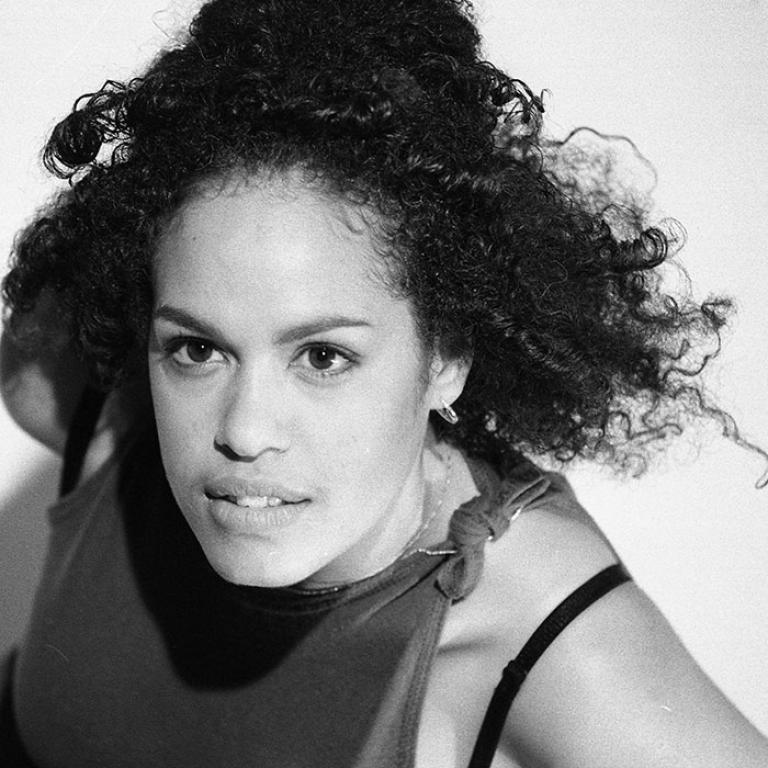
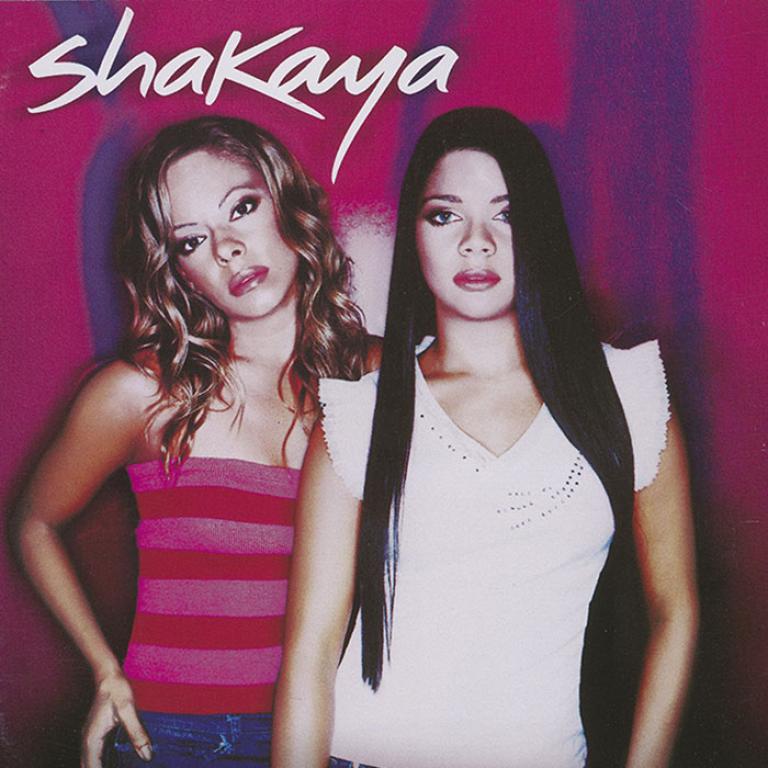
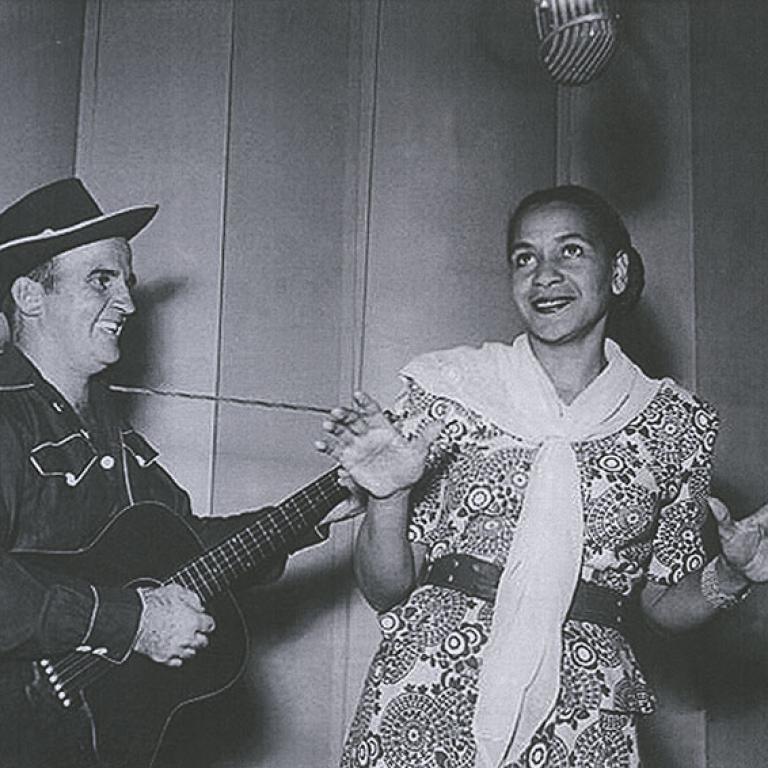
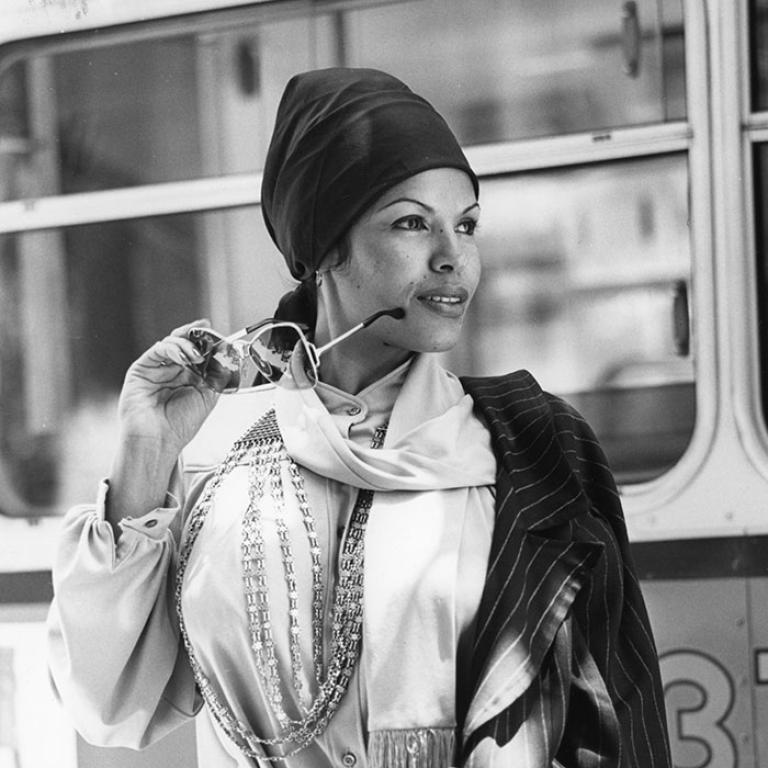
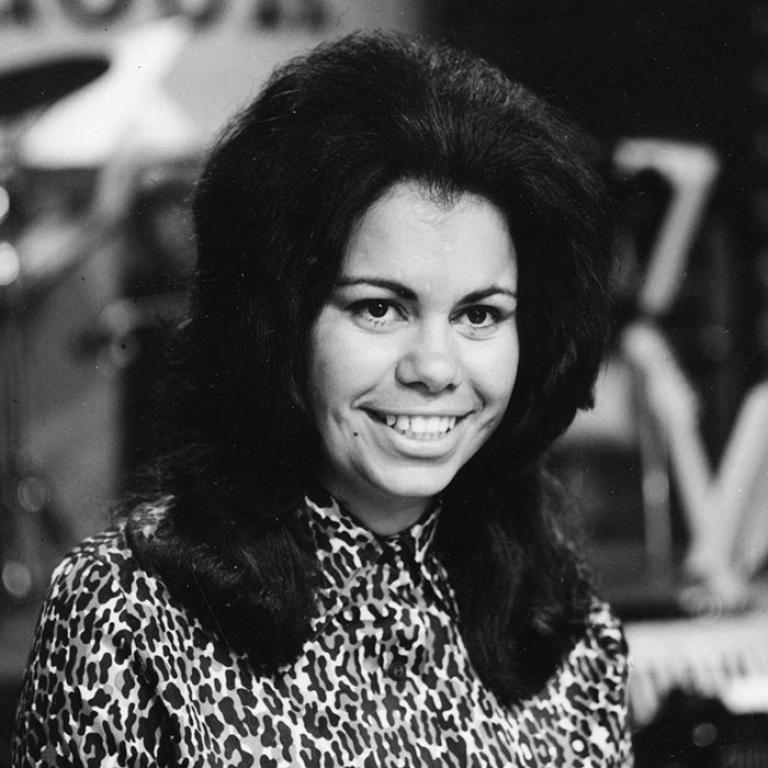
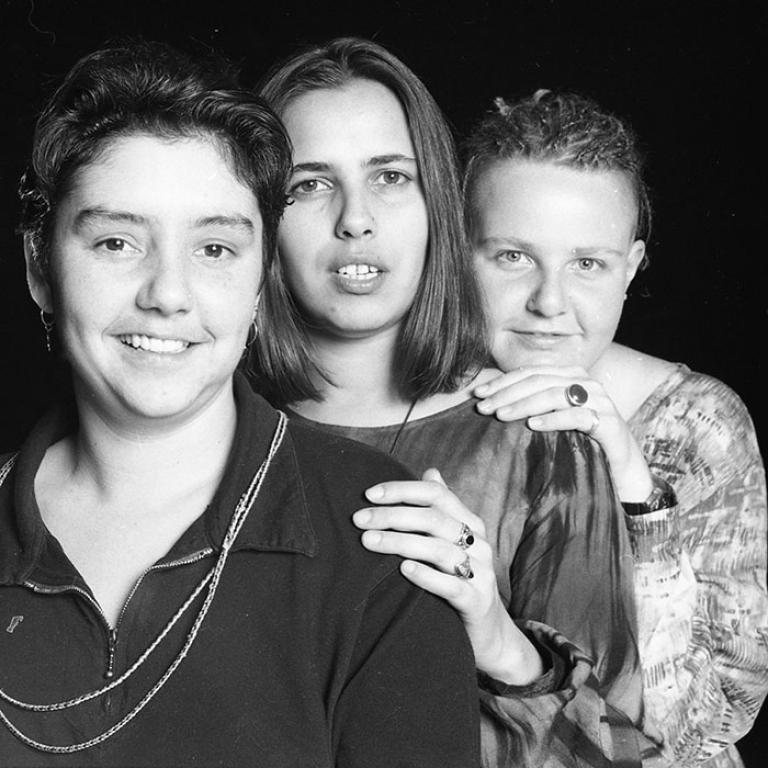
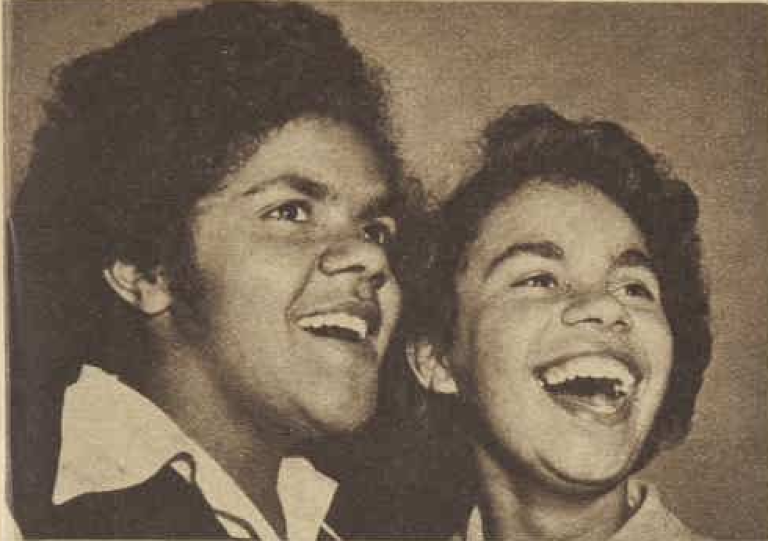
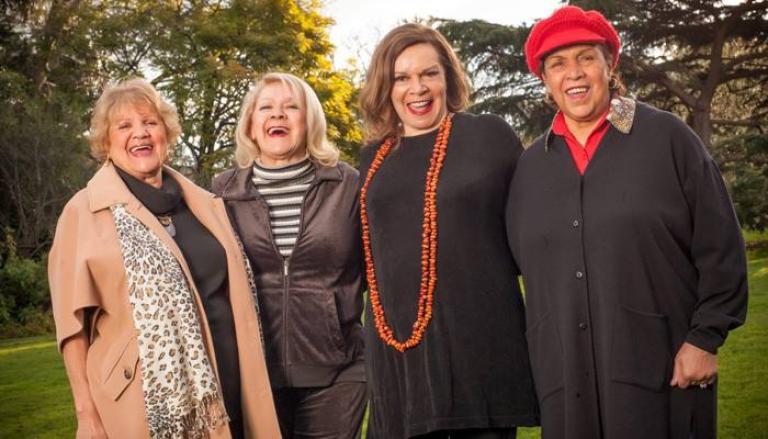
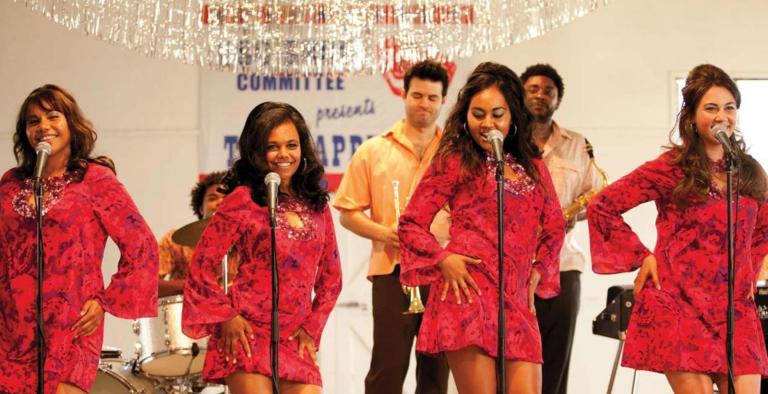
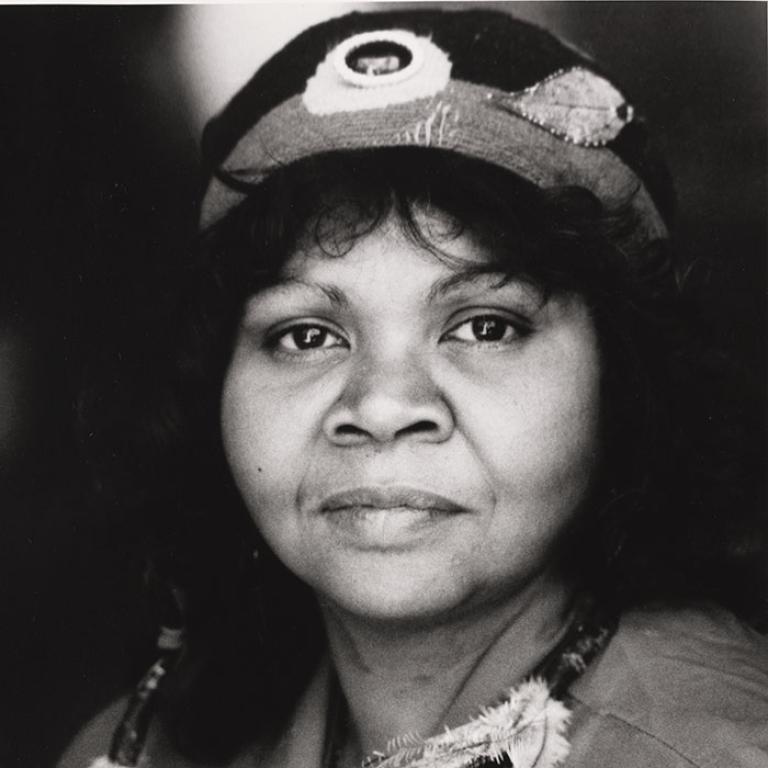
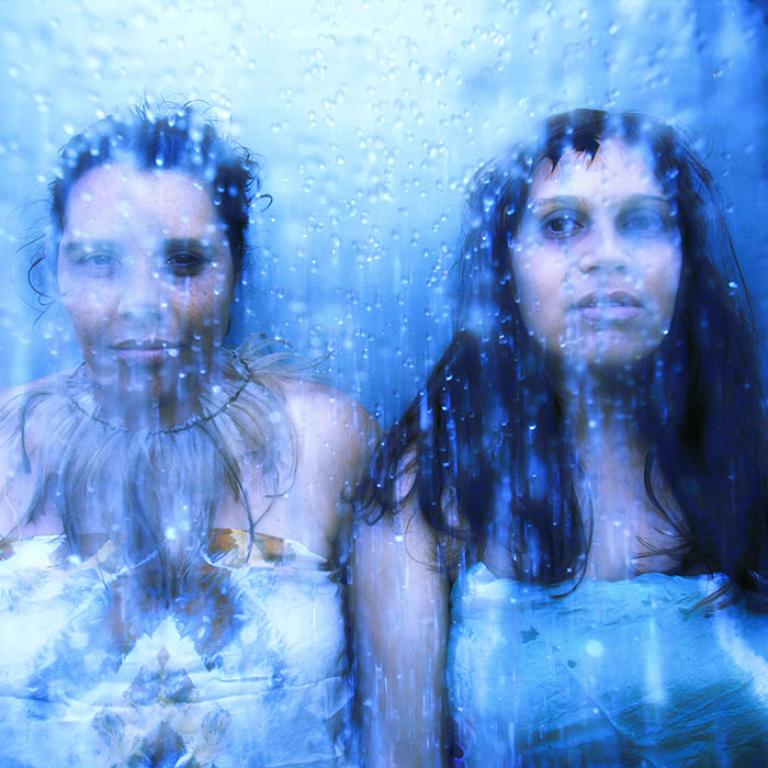
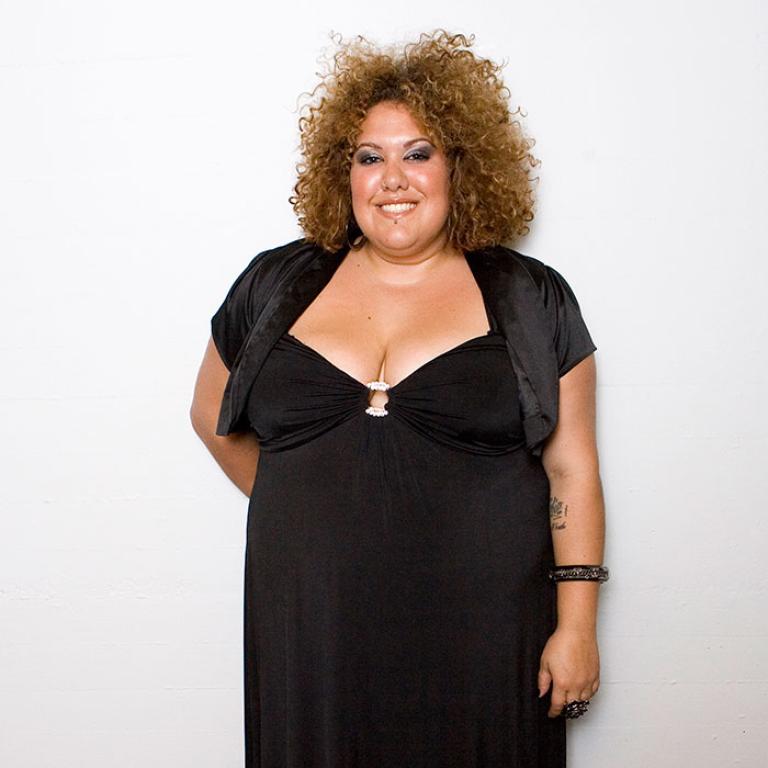
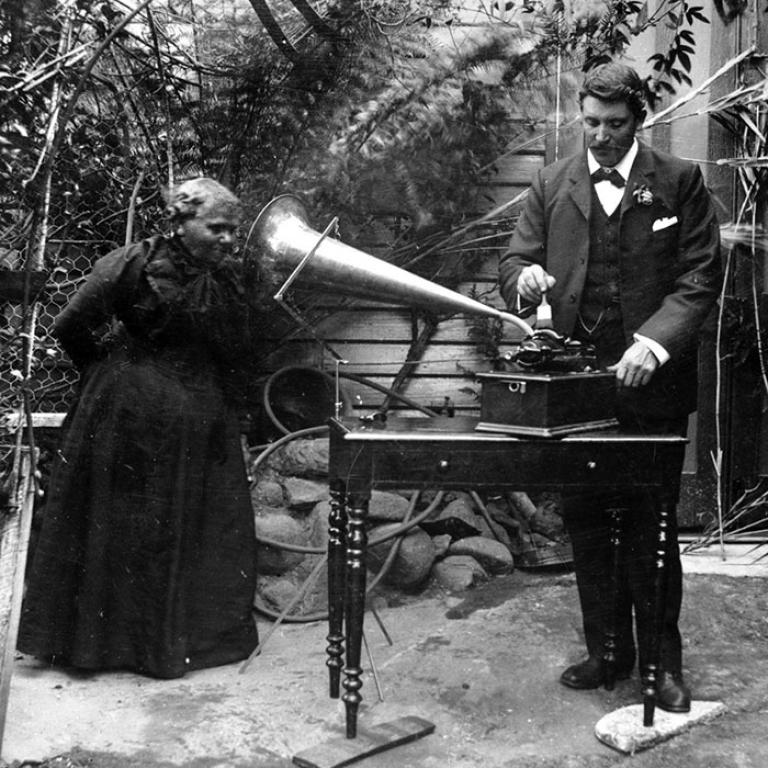
The National Film and Sound Archive of Australia acknowledges Australia’s Aboriginal and Torres Strait Islander peoples as the Traditional Custodians of the land on which we work and live and gives respect to their Elders both past and present.
